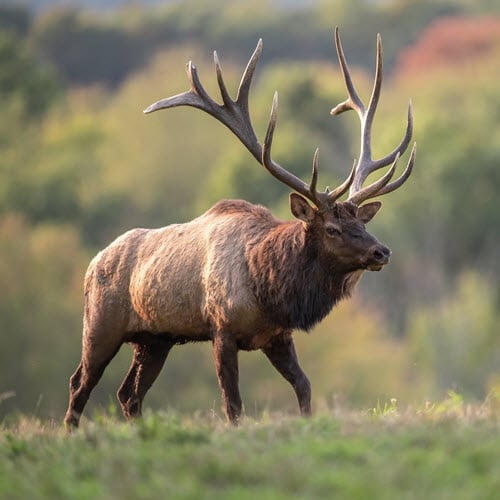
Traces of vegetal materials are hard to identify in the feces, although the herbivorous nature of the diet is relatively easy to identify from the scatting color. This digestion type is specific to ruminants due to their inability to digest plant materials directly.ĭue to the sequential digestion, which involves several instances of regurgitation and chewing, ungulate poop is generally smooth and has a uniform consistency. Like all herbivores, moose and elk have multi-chambered stomachs that allow for sequential digestion. However, even the darkest shade is never black. The lighter color is more common in spring and summer when most of the vegetation moose eat consists of young twigs and leaves.Īs the leaves turn brown and fall off trees, the poop turns gradually darker (and dryer), the moose’s diet consisting mostly of twigs and bark.Įlk poop has a lighter color ranging from greenish and tan brown to dark brown. As far as moose and elk scatting is concerned, the former usually have darker droppings, varying in color from green to black. When it comes to ungulates, droppings come in several colors, depending on the diet. See also How Strong Are Grizzly Bears? Īs you can imagine, a larger animal produces larger droppings, and moose scat can be twice the size of elk scat. They are also lighter, with a body mass of just over 1,000 pounds. They can grow over 10 feet in length and are generally larger than elks.Įlks are large too, but their length rarely exceeds eight feet. Moose are large ruminants with a body mass that can reach almost 1,400 pounds. SizeĪnother important difference between elk and moose scat is the size. īoth moose and elk droppings are generally larger than the droppings of deer and other wild ungulates thus, telling them apart is fairly easy even if the shape is similar. Elk scat has rounded ends, but the overall shape is more elongated. Moose droppings are generally rounder but tapered at both ends.

However, they are relatively easy to tell apart, thanks to their shape.

Similar to the scat of other ungulates, moose and elk poop resembles dry pellets. Thus, their summer droppings appear more like soft, deformed pellets rather than wet patties, even if the elk’s diet generally has a higher water content compared to moose. These patties turn into soft clumps and then pellets as the diet changes throughout the seasons.Įlk scat also looks like dry pellets in winter, but elks generally have drier poop compared to moose. Their droppings are a lot wetter compared to the winter pellets and generally look like wet patties. In summer, moose mostly feed on tree leaves, young twigs, and aquatic plants. The change is due to the different diets these animals have in the warm versus the cold months. See also Coyote Teeth: Dental Formula & Facts


 0 kommentar(er)
0 kommentar(er)
